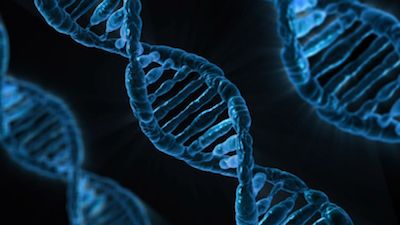CRISPR gene editing technology is a revolutionary approach to treating hereditary diseases. However, this tool has not been used to effectively treat long-term chronic diseases. A research team led by Dr. Dongsheng Duan of the University of Missouri School of Medicine has identified and overcomes the barriers to editing CRISPR genes, which may provide the basis for continuous treatment using this technology.
The inspiration for CRISPR gene editing comes from the natural defenses of the body against viruses. This technology enables researchers to alter DNA sequences by excising and replacing mutations in the genome that have the potential to treat a variety of genetic diseases and conditions. Duan and his collaborators at the National Institutes of Health and Duke University's National Center for Advanced Translational Science, MU, are investigating how to treat Duchenne muscular dystrophy (DMD) with CRISPR.
The researchers take CRISPR intravenous to treat 6-week-old DMD mice, they initially adopted a strategy widely used by many researchers to apply similar amounts of Cas9 and gRNA. Although it works well when injected directly into the muscles, this strategy has undesirable consequences when the team tries to achieve long-term correction in all muscles of the body. They found that there was no recovery of dystrophin in skeletal muscle and that dystrophin recovery in the heart was low, that is, treatment cannot stop the disease from progressing.
While reviewing the results, the team found excessive consumption of gRNA, which means that there is not enough gRNA to tell Cas9 where to cut. The team increased the number of gRNA markers and repeated the experiment. This new strategy significantly increased the recovery of dystrophin in myocardium and skeletal muscle and reduced muscle scars at 18 months. In addition, muscle function and heart function are improved.
‘Our results suggest that gRNA deletion is a unique barrier to long-term systemic CRISPR therapy,’ Duan said. ‘We believe this barrier can be overcome by increasing and optimizing the dose of gRNA. What makes us excited is that it has the potential to improve DMD therapy, moreover, we believe this principle may also apply to other series of other diseases and conditions of CRISPR therapy.’
Researchers will continue to test and improve this method in mouse models before exploring other models. With more in-depth research, they expect that this insight may help guide the improved therapies with CRISPR gene editing.
Reference
Chady H. Hakim et al. AAV CRISPR editing rescues cardiac and muscle function for 18 months in dystrophic mice. JCI Insight, 2018; 3 (23)


